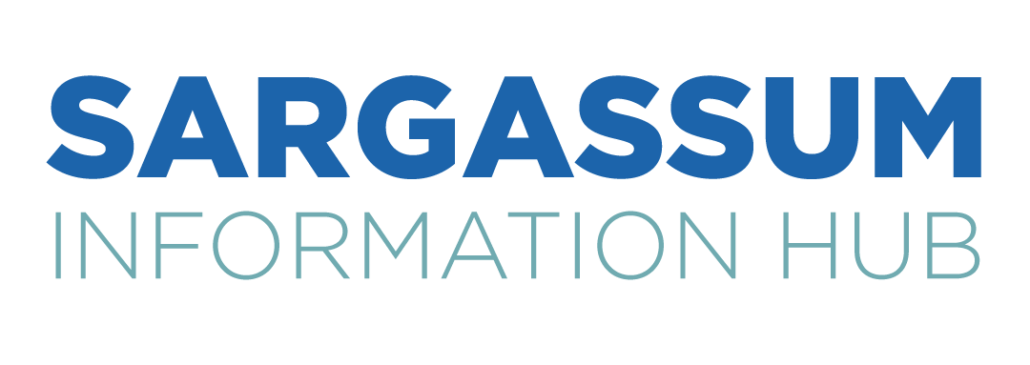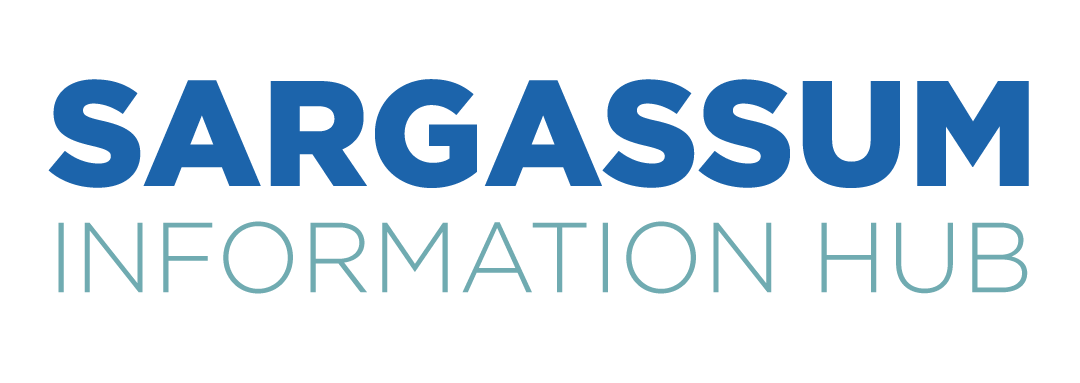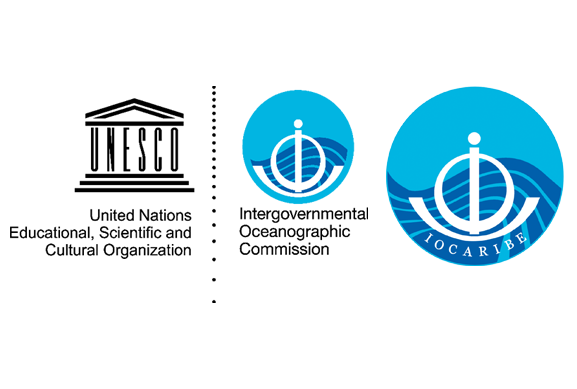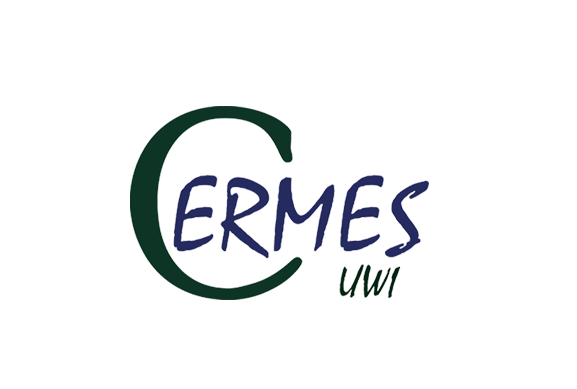Grenada, like other Eastern Caribbean states experience sargassum inundation on the windward coast – that is, the island’s east coast. Grenada’s beach tourism product, therefore, remains largely unaffected by sargassum because the primary tourist areas are located along the island’s south coast.
There are a few fish landing sites located on the windward coast of Grenada and they are exposed to sargassum influxes. Fisherfolk have reported numerous impacts due to exposure. These include a reduction in catches, namely fluctuations in dolphinfish catches since 2014, damage to fishing equipment and vessels due to entanglement and corrosion from hydrogen sulphide, as well as reduction in time at sea – due to extended time used in repairing equipment, or loss in fuel from navigating around seaweed.
Extensive human health impacts were reported by coastal residents in affected areas, such as respiratory issues from hydrogen sulphide exposure from decomposing sargassum, skin irritation and cuts. Anti-malarial drains also became blocked during some sargassum inundation events posing a potential public health risk. All these impacts have caused some affected coastal residents to migrate elsewhere on the island.
Various ecosystems around the island are exposed to sargassum influxes and many of them have been impacted. Sargassum influxes result in low-oxygen levels in the sea as well as other environmentally stressful conditions which have been reported to cause the loss of corals, fishes, seagrass beds, as well as the death of organisms such as sea urchins were reported. Prominent beach erosion at some affected locations by the sargassum itself advancing onshore, or from the improper removal of sargassum by heavy machinery were also reported.









